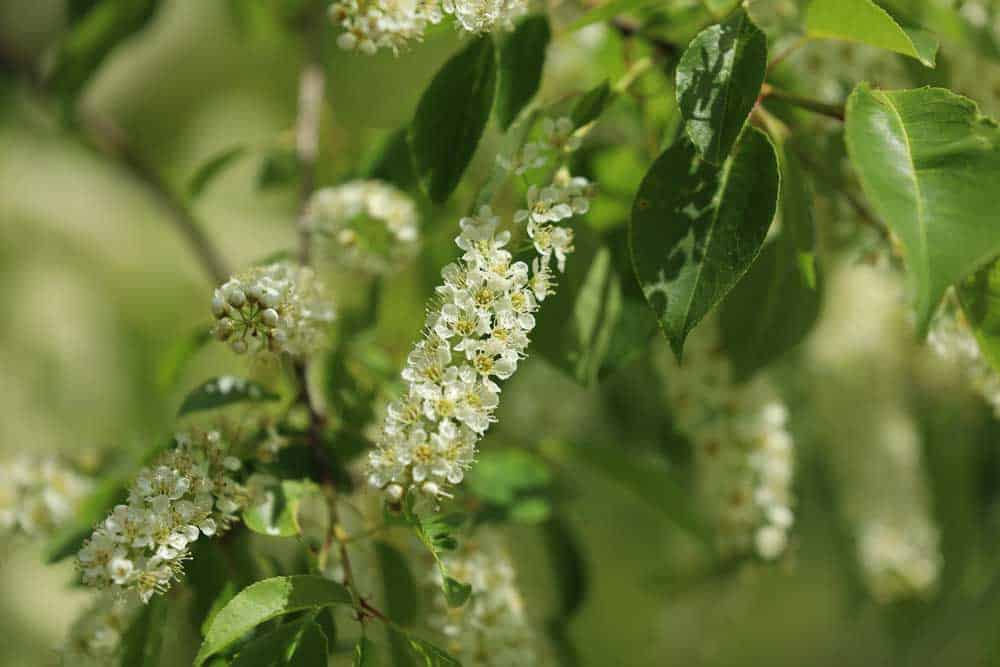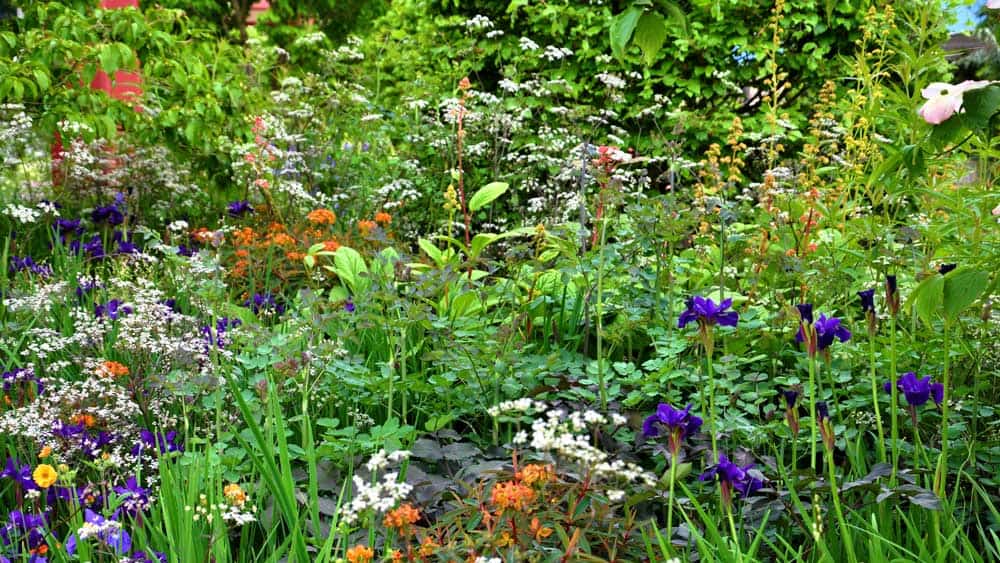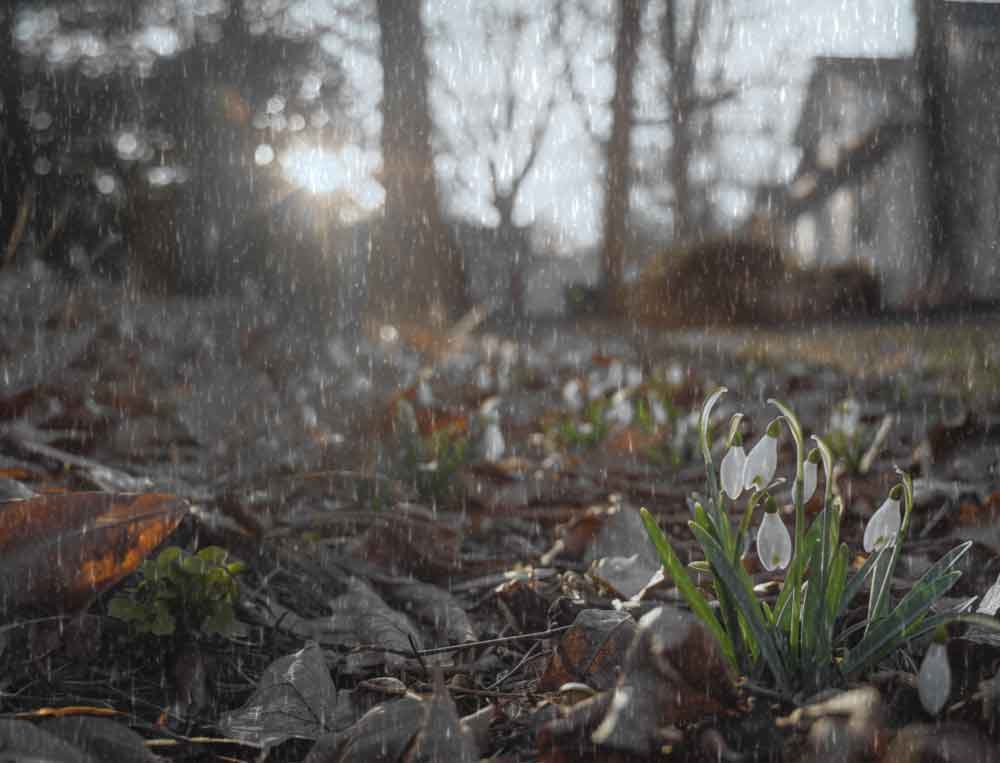Keystone Plants, Matrix Gardens, Container Gardens and More
It feels like each day in April starts with the sense that anything is possible. Our fresh optimism is fed by a bunch of recent insights into eco-gardening and our backyard’s ability to make huge differences to local ecosystems and biodiversity.
Here are seven emerging trends that will make you feel good about gardening with nature.
First up, we’ve got the rock stars of the plant world—the “keystone species.” There’s a lot of focus now on plants that play a crucial role in gardens and landscapes. These are the true superstars, like sunflowers (Helianthus spp.), wild native asters (Symphyotrichum), wild lupines (Lupinus), goldenrods (Solidago), and wild cherry trees (Prunus), that support an incredible array of wildlife. They’re the party hosts that attract all the coolest critters, from pollinators to birds and beyond. So make sure to roll out the red carpet for these VIPs in your garden!

Speaking of parties, it’s time to kick out those pesky neonicotinoids and embrace the wonderful world of organic gardening practices. No more synthetic chemicals ruining the fun! Instead, with ecological gardening we’re going all-natural with integrated pest management strategies, like using biological control and resistant plant varieties. It’s like having a bouncer at the door, keeping the bad bugs out while letting all the beneficial insects in for a good time.

Now, let’s talk about the ultimate garden accessory—green mulch! It’s one of the key ideas behind “matrix planting,” a design concept for creating self-sustaining, low-maintenance plant communities that reduces pest and disease issues, conserves water and nutrients, and increases yield through synergistic plant relationships. Forget about boring old bark mulch; we’re talking about a living, breathing carpet of plants, particularly faster-growing native groundcovers and self-sowing grasses and flowers that tend to fill in spaces. These beauties not only look stunning, but they also support soil health, water retention, and biodiversity. It’s like giving your plants their very own eco-gardening spa treatment.
But wait, there’s more! Why spend a fortune on new plants when you can become your very own nursery? Propagating plants from cuttings, divisions, and seeds is the hot new trend, and for good reason. (We’ve been doing a LOT of milk jug seed propagation this winter, having fun and seeing great success). Not only does the DIY approach save you some serious cash, but it also helps preserve the genetic diversity of our beloved plant species, especially if you are collecting seeds properly or buying them from sources who are careful about local ecotypes. Plus, let’s be real, there’s something incredibly satisfying about watching your little plant babies grow up.

And speaking of eco-friendly, have you heard about the leaf litter revolution? Gone are the days of blasting away those precious fallen leaves with noisy leaf blowers. Nope, we’re embracing the beauty of nature’s compost, providing cozy habitats for all sorts of critters and enriching our soil in the process. It’s a win-win for your garden and the environment.
Water conservation is also getting a modern makeover with rain gardens and drought-tolerant native plants around water features. Not only are you saving water like a true eco-warrior, but you’re also creating a welcoming oasis for wildlife. Talk about a refreshing twist on gardening!
Now, I know what some of you may be thinking—”But I live in an apartment/have a tiny yard! How can I get in on this ecological gardening action?” Fear not, my friends, because container gardening is here. Every day more people are discovering that plants grown in containers on your porch, patio or balcony can attract tons of beneficial pollinators and wildlife. Container gardens can pack a serious ecological punch. By carefully curating a mix of keystone plants and native groundcovers, and trying when possible to choose plants that offer a variety of structure and blooming cycles, you’ll be rolling out the welcome mat for all sorts of fascinating critters. Imagine sipping your morning coffee while watching busy bees and butterflies flit from bloom to bloom in your very own mini-meadow.
By bringing together even one or two of these these emergent ideas, we can transform our gardens into true havens for nature, one plant at a time. Who’s ready to roll up their sleeves and get their hands dirty for the sake of our planet?
